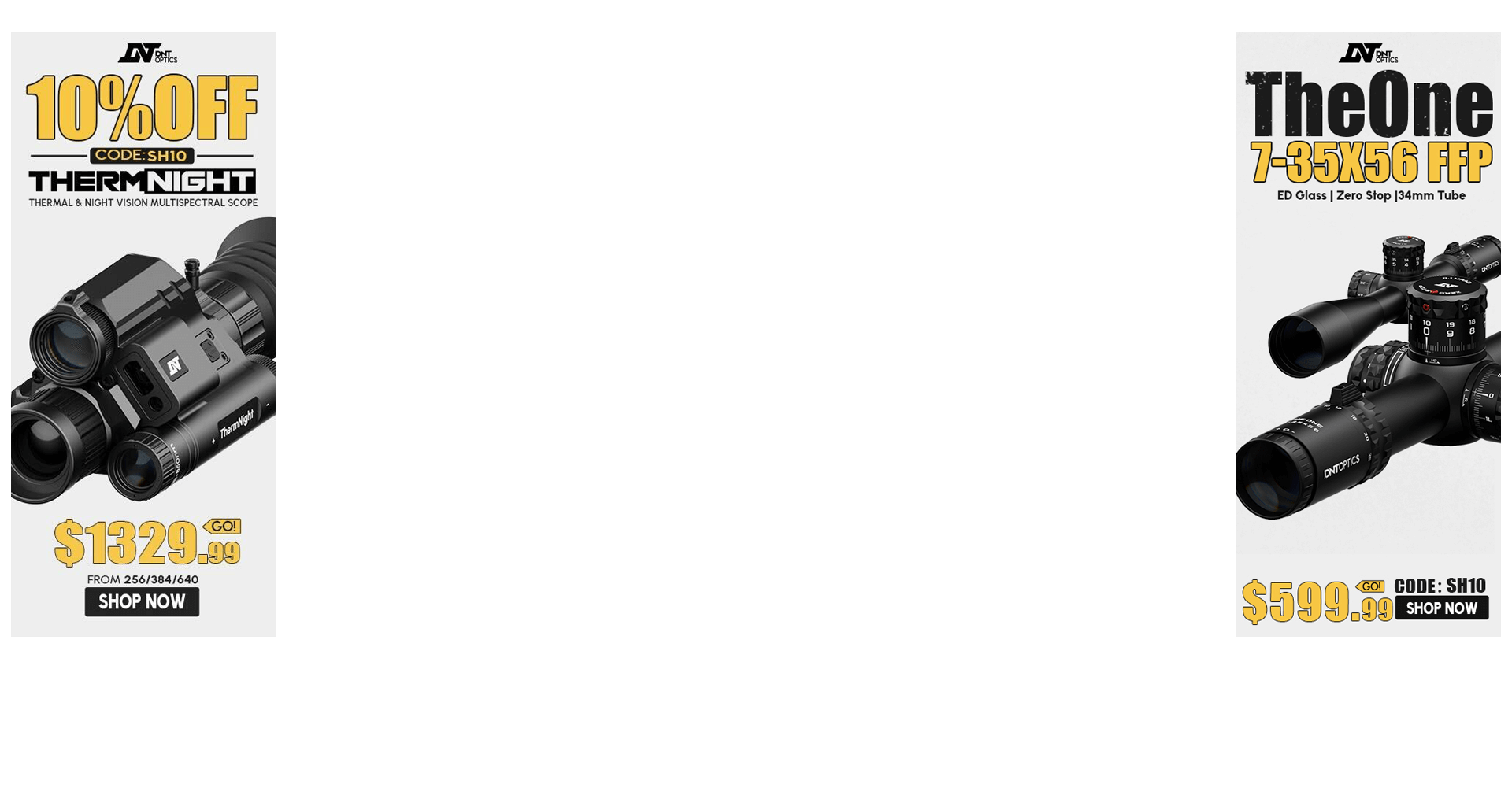seems as if you focus on hunting and want to make sure that the animal suffers as small as possible
the following are opinions/experience from a family+friends that are all hunters:
- for up to about 200m, 6x magnification is good enough. i tend to prefer 8x, but for sure not more than that.
- caliber: anything in the region 270, 308, 3006, 7x64, ... well be fine down from fox up to red deer and elk
- train alot at the range. use your 22lr to train different 'field' positions at a distance of 25-50m. what i mean with field positions is ... whatever you will have available in the field. you probably can use a backpack as rest. maybe a bipod. but you likely won't have a nice chair. when you are prone, use a friends jacket and artifically make the ground uneven. maybe get a wooden plate to sometimes have an angle up/down when you are prone. use the backpack from different sides ... because in the woods you usually have an uneven ground that might go up/down.
- if you don't want to play with the turret yet, use the german 'over-the-thumb' rule of adjusting the rifle such that you are 4cm above your point-of-aim @ 100m. then you are (with the above calibers) usually in the vital out to 200m. note that here 'in the vital' means within +-4 cm around your point-of-aim.
besides the technical aspects of shooting
- look a bit into anatomy of your most likely trophies. while heart/lung is fine to shoot at, many hunters i know prefer to take out the shoulder. maybe you have a bit less meat at the end, but you make sure that your (meat)trophy doesn't get away. or like a certain german hunter put it 'without arms, no cookies'.
- use a suitable bullet. so far we have had great results with nosler ballistic tips on roe deer and chamois. nice large exit-hole (should you nevertheless have to track, you and your dog will appreciate it).
- the first time, really bring along a friend who did some hunting. he will help you to choose a good target. tell you when the distance is fine. he'll help you carry home the meat. and most importantly - he'll have a clear mind, while you might be overly excited after the shot broke. for instance, should the animal (despite all training and luck) walk away ... relax. take a break of 5min (they will feel alot more like 1 h to you, when you do that for the first time). talk to your friend. discuss how the animal reacted when it was hit. does the reaction indicate that you hit further back? maybe the spin? more to the front? go to the place where you hit the animal. look at the blood (that's another reason why you want to have an exit hole). Does the blood/its colour indicate something about the shot placement? (with alot of bubbles, bright blood indicates a lung shot, dark red could be liver, are there digestion products next to the blood - maybe the stomach?)
and at the end of the day ... enjoy it. have fun training with your friend with a 22. enjoy being outside with your spotter, watching the sun rise/settle and _not_ take the shot but simply watch nature. and once you harvested ... have a nice bbq with your friend and tell the tale of your hunt.
 I do have a cz 452 22lr for practice and a chinese m14 avec scope(that I am accurizing a bit)
I do have a cz 452 22lr for practice and a chinese m14 avec scope(that I am accurizing a bit)
